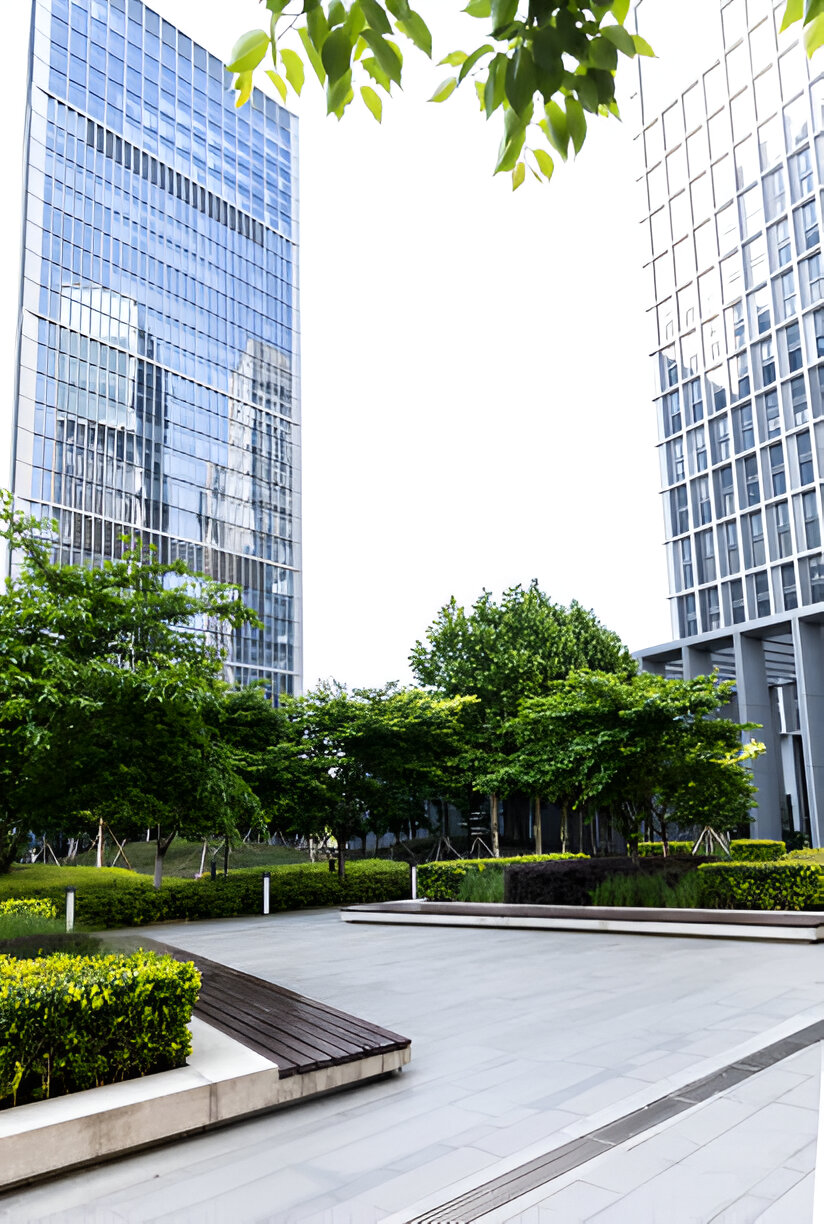Green Buildings
Structures that use sustainable materials, efficient insulation, and energy-saving systems. These can include residential, commercial, or industrial buildings.
Environmental construction, often referred to as "green" or "sustainable construction," involves creating buildings and infrastructure with minimal environmental impact, prioritizing energy efficiency, sustainable materials, and eco-friendly designs. This type of construction seeks to reduce carbon emissions, waste, and resource consumption while promoting healthier and more sustainable living and working spaces. Environmental construction is especially relevant as global awareness around climate change, resource scarcity, and environmental preservation grows.




Structures that use sustainable materials, efficient insulation, and energy-saving systems. These can include residential, commercial, or industrial buildings.
Solar farms, wind turbines, and hydroelectric facilities, which provide sustainable energy sources with minimal environmental impact.
Buildings designed to manage and process waste sustainably, including recycling plants and composting facilities.
Projects like bike paths, green roads, rain gardens, and permeable pavements that reduce pollution and encourage sustainable transportation and stormwater management.
Construction projects that protect natural habitats, create artificial wetlands, or restore degraded environments.
Projects such as rainwater harvesting systems, low-impact water drainage systems, and sustainable stormwater management.